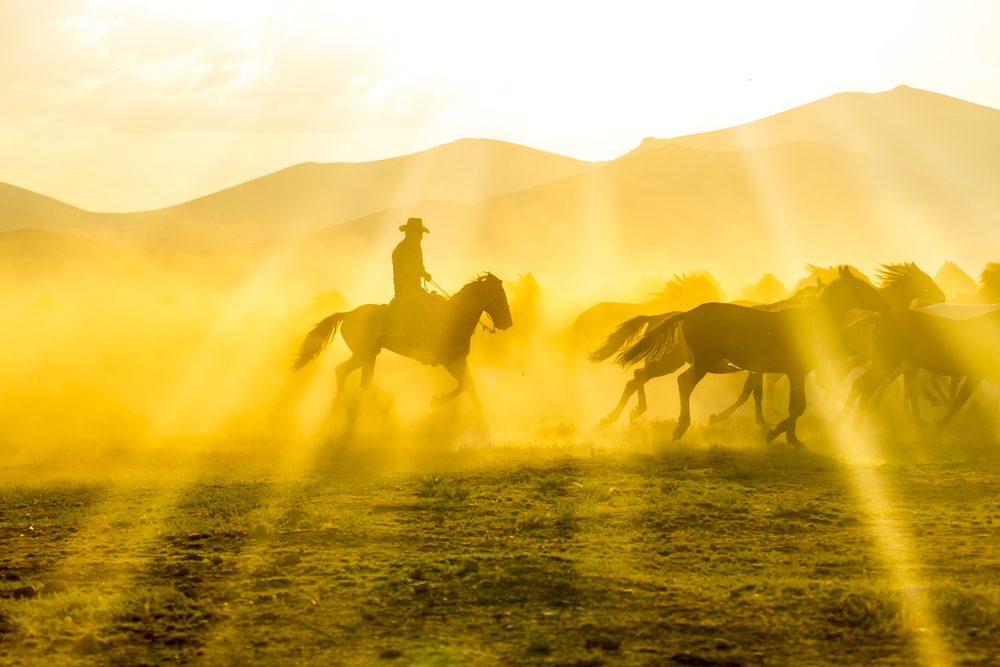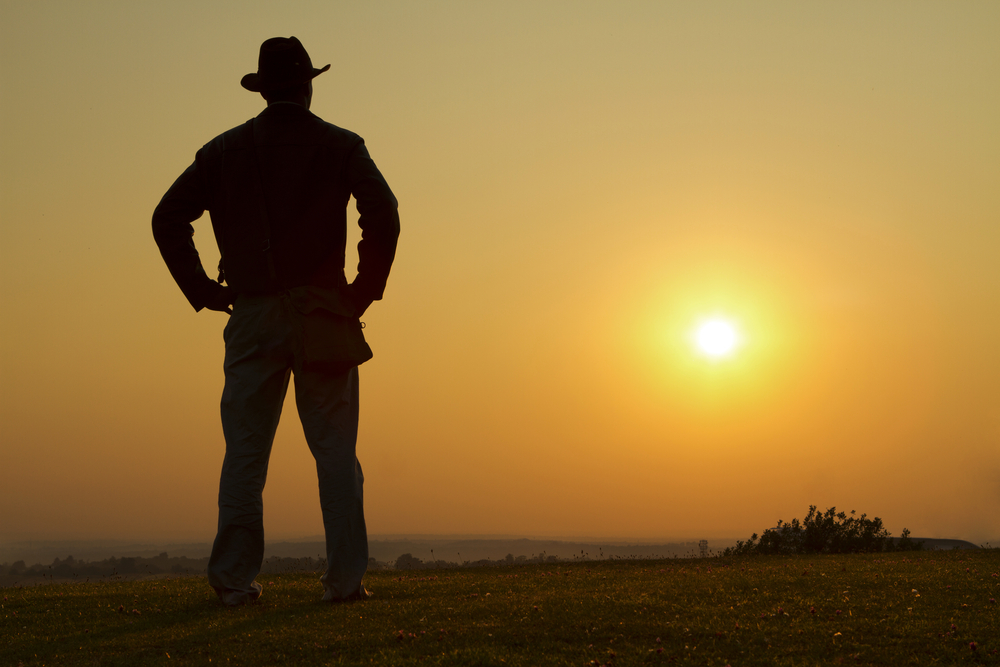Western Outdoor Adventures || Where Did American Cowboy Culture Come From?
Western Outdoor Adventures || Where Did American Cowboy Culture Come From?
Western Outdoor Adventures are rare these days even with the image of the cowboy being an icon in American culture. The rugged, rough, and dutiful cowboy embodies all the ideals of red-blooded, hardworking, and super masculine American men. Most people have some general knowledge of the cattle drive lifestyle, along with the understanding the realities of life as a cowboy on a cattle drive trail was much more dangerous and far less romantic than the images that are depicted in Hollywood and popular culture.
Additionally, many people can easily accept that much of the so-called “cowboy culture” has faded out in recent decades with the advent of such technology including electricity, trucks, railroads, and more. That said, most people don’t truly understand where the American figure of a cowboy came from, and if you asked them, would just give you some vague answer about pioneer settlers and horses. The truth is that the history of cowboys and cattle trails involves multiple different cultures.
Cowboy traditions are thought to have their roots in Europe, specifically in Spain. Cattle ranching was popular throughout the Iberian peninsula before it was brought to America. Due to the dry climate and expanses of grass, both regions required immense amounts of grasslands in order to sufficiently feed the herds, which involved transporting the herds to new areas.
Since the distances that cowhands needed to cover became greater than was possible for a person to walk on foot. The need to cover large distances resulted in the addition of tamed riding horses, which also required the use of horse “wranglers” who were in charge of caring for these traveling beasts. So this is how horses came into the equation, along with the Spanish figure of the vaquero, a horse-riding cattle driver.
Ever heard the term “buckeroo?” Many people, including scholars and historians, believe that word came from the inability for English-speaking Americans to properly pronounce the word vaquero!
As a matter of fact, lots of people vastly underestimate the amount of cowboys who were Native American, black, or Mexican. When the Conquistadors and other Spanish colonists traveled to the Americas – specifically to Mexico and Florida – the cattle ranching traditions, equestrian lifestyle, and domestication of cattle were brought along with them. While most ranch owners, called hacendados, were of Spanish or Mexican descent, many of the vaqueros were Native Americans who were hired by Spanish ranch owners.
The Mexican vaquero lifestyle eventually spread all over continental North America. However, when crowds of English colonists and traders expanded towards the West and the South, their culture and language became intertwined with those Spanish settlers from the South. This is how the American “cowboy” image was produced!
By the early to mid 19th century, Texas had established a thriving cattle industry, while it took a bit longer for California to receive a similar influx of English-speaking settlers. Both regions contributed to the finalized image of the American cowboy, as the rise of the transcontinental railroad contributed to a rise in the demand for beef.
Thus the old vaquero traditions, where ranchers typically raised herds of cattle for their own personal use and to sell goods such as beef meat and hide to be tanned into leather in the local market, became mixed in with the newly necessary chore of bringing thousands of cattle from the farms and ranches where they had been bred and raised to the nearest railheads, which were often dozens if not hundreds of miles from the ranches, separated by vast expanses of empty grasslands.
One thing that many people don’t know about cowboys and cattle drives is that the cattle driving practice was only in place for about twenty years. The first large-scale cattle driving effort occurred in 1866, where local ranchers worked together to drive their combined herds from Texas to the railhead in Missouri.
The cowboy and cattle driving industry continued to expand rapidly into the North and Northwest, not just for the shipment of beef across the country, but particularly because there remained large expanses of grassland. However, by the 1880s, barbed wire had been implemented in order to designate cattle into specific feeding areas and preventing overgrazing or trespassing into another cattle driver’s “territory.”
In fact, overgrazing had become such a problem that the open grasslands had become environmentally stressed, with the ecosystem unable to support itself during the harsh winters. A particularly bad winter during late 1886 and early 1887, where a total of tens of thousands cattles died of starvation all across the Northwest.
This was one of the main factors that led to the decline of the cattle industry. Smaller cattle drives continued into the mid-20th century, when the design of the modern cattle-transporting trucks replaced large-scale cattle drives. Today, cattle ranches and cowboys are not a thing of the past, but much of the lifestyle has been adapted and modernized.
For instance, today cowboys tend to herd cattle riding ATVs, but there is a highly-preserved sense of respect for the traditional cowboy and cattle driving lifestyle.


